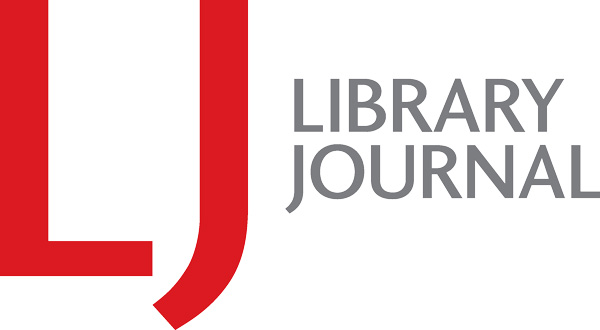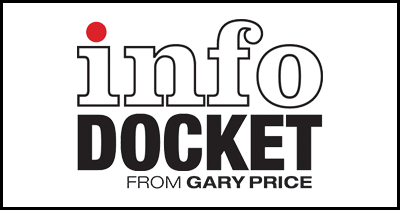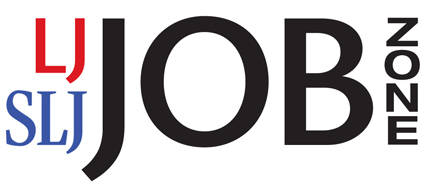Today is the First International Digital Preservation Day, “Bit List” of Most At-Risk Digital Materials Released
From the Digital Preservation Coalition (DPC)
30th November 2017 marks the very first International Digital Preservation Day.
Designed to raise awareness of digital preservation and to link a large, growing and widely dispersed digital preservation community, the day will bring together individuals and institutions from across the world, celebrating and profiling our work.
Digital materials are a core commodity for industry, commerce and government. They are fundamental for research, the law and medicine. The creative industries, cultural heritage and the media depend on reliable access to digital materials, while families and friends extend and sustain their relationships through digital interactions.
Organized by the Digital Preservation Coalition (DPC) and supported by digital preservation networks around the world, International Digital Preservation Day is open to participation across all sectors, from anyone interested in securing our digital legacy.
The DPC’s own contribution will be in the publication of new resources aimed to support public and institutional support for digital preservation.
Co-ordinated and published by the DPC, the Bit List draws parallels with the IUCN Red List of Threatened Species and identifies a number of data, software and storage types which, if appropriate action is not taken, could become ‘practically extinct.’
More About the New “Bit List” Report
‘Bit List’ of the World’s Endangered Digital Species has been unveiled for the first time today as part of an international campaign to raise awareness of the need to preserve digital materials.
Co-ordinated and published by the Digital Preservation Coalition (DPC), the Bit List draws parallels with the IUCN Red List of Threatened Species and identifies a number of data, software and storage types which, if appropriate action is not taken, could become ‘practically extinct.’
[Clip]
Our libraries and archives have good collections of printed newspapers: but for the late 70’s, 80’s and 1990’s there’s a gap relating to this genre of online news. That’s a concern for historians and journalists. But more importantly, it demonstrates the trend to data loss, even for popular and well-funded services. That matters to us all.”
Another example on the list is digital photos. More than 2 billion people worldwide use smartphones, and will take hundreds and thousands of digital photos per year, sharing them on social media with friends and family. There is currently no in-built mechanism for these photos to be archived at the point of creation and accessed in the long term. The DPC is calling for us all to demand more from the vendors and platforms which facilitate data creation and sharing.
“We have previously been concerned with technological obsolescence or ‘media’ rot, but that concern has been replaced by one related to human risk,” says Jane Winters, Professor of Digital Humanities at the University of London School of Advanced Study and Chair of the international panel of judges who evaluated the Bit List before its publication. “Technological obsolescence is still a challenge, but we know what is possible and how to address it now, what is more of a problem is human behaviour. We all need to take responsibility for preservation.”
[Clip]
One suggestion on the Bit List which is likely to mean something to a large number of people is politically sensitive information. The DPC received an overwhelming number of nominations in this category ranging from US Environmental Data where the recent U-turn by the current administration on policy relating to access to and openness of this data has caused concern, through to online records of promises made by the UK government in the 2014 independence referendum in Scotland and by ‘Leave.eu’ during the UK/EU referendum in 2016; both of which are at risk of loss, but tell an important story about our political history.
Chair of the DPC Laura Mitchell observes that “We have been warning about the need for digital preservation for years and in the past, we worried about a ‘digital dark age.’ But by compiling and maintaining the Bit List over the coming years, the DPC can begin to celebrate great digital preservation endeavours as entries become less of a ‘concern,’ whilst still highlighting the need for efforts to safeguard those still considered ‘critically endangered.’”
Read the Complete Bit List Release Announcement & Direct to the Complete “Bit List” Report
Resources
Direct to International Digital Preservation Day Web Site and Resources
Direct to Bit List Report
See Also: Survey on National/Federal Policies and Strategies on the Preservation of Digital Heritage (Sept 2017; via UNESCO)
See Also: Libraries are Facing Big Challenges in Digital Preservation: We Cannot Do it Alone (via IFLA)
See Also: How Do You Digitise a Magazine Archive? (via Exact Editions)
Filed under: Archives and Special Collections, Associations and Organizations, Companies (Publishers/Vendors), Data Files, Digital Preservation, Libraries, News, Preservation
About Gary Price
Gary Price (gprice@gmail.com) is a librarian, writer, consultant, and frequent conference speaker based in the Washington D.C. metro area. He earned his MLIS degree from Wayne State University in Detroit. Price has won several awards including the SLA Innovations in Technology Award and Alumnus of the Year from the Wayne St. University Library and Information Science Program. From 2006-2009 he was Director of Online Information Services at Ask.com.


